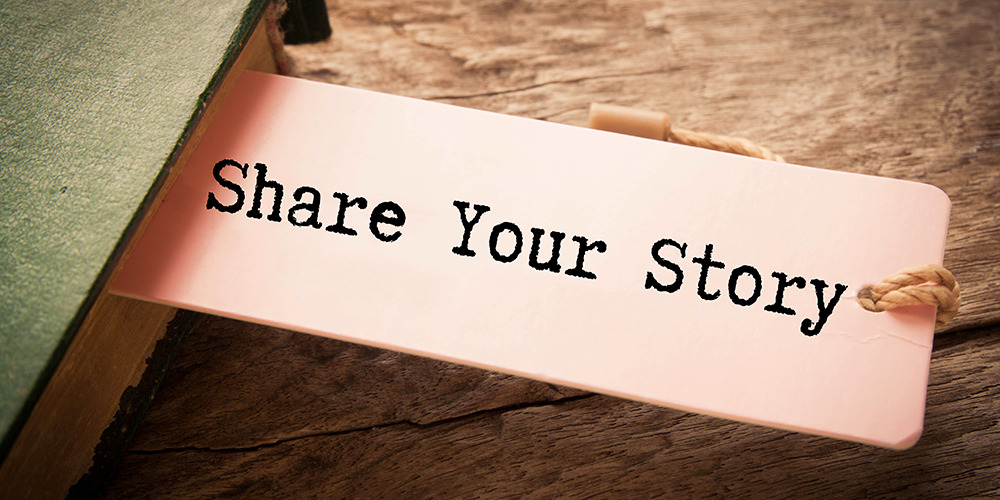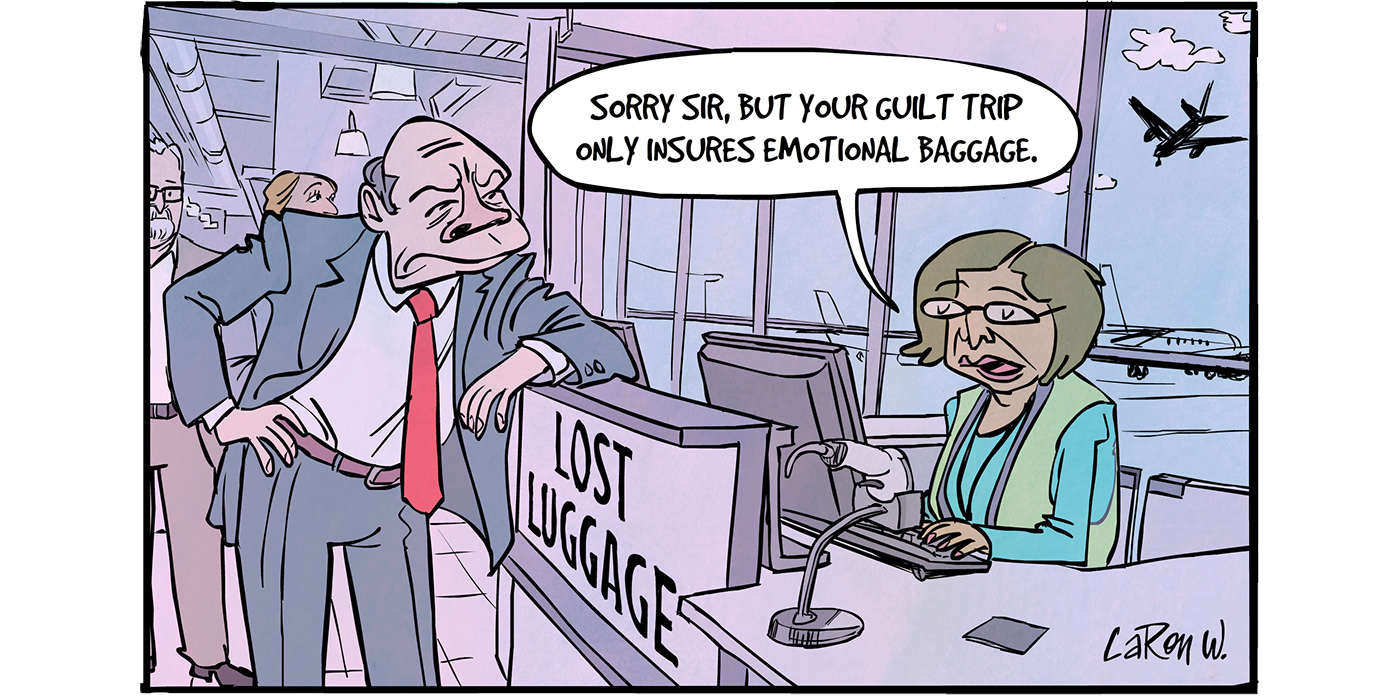I’m grateful to have celebrated five years of sexual sobriety this past August. I don’t believe I would be sober (or three years married!) without help from my Higher Power, Who has helped me find progressive victory over lust. Through the fellowship of SA, my Higher Power has given me the tools that others have used to surrender lust, one day at a time. I’ve been keeping a list of these tools, and I would like to summarize the ways that I have been using them.
1. Leaving it up to God. One of the first tools I started using for dealing with potential lust objects came out of my work on Steps Two and Three. I realized that my Higher Power was so powerful that He could arrange for any connection to take place, so I didn’t have to struggle or take second looks. I would think, “If God wants me to be with that person, He can make it happen. He could even arrange for us to crash-land on a desert island! So until that happens, I can ignore the person, go about my day, and do the next right thing.” (Hopefully, whatever island I end up on, my cell phone would still work so I could double check with my sponsor if I was really doing God’s will.)
2. Praying for the lust objects. I learned from the White Book (162) that I can pray for the person I want to lust after. Though this hasn’t always relieved me of the temptation (depending on the moment), my current sponsor has added the notion that I can also pray to be a protector rather than a person who takes, manipulates, or uses others. For some reason this idea brings out something noble in me, and it helps me when certain temptations arise. I also heard someone in a meeting recently use the expression, “A special person needs a special prayer,” and I’ve found this to be useful when I start to imagine how some person could fix me without knowing anything about her.
3. Remembering that I’m powerless. Paradoxically, whenever I see two potential lust objects in short succession, this somehow helps me, because it reminds me of the insanity of my addiction—one person, image, or fantasy was never enough.
4. Laughing at myself. Similarly, when I find myself headed toward the painful lust obsession, I can sometimes just laugh at myself and be grateful that I know now there’s a name for the condition I have. I have this problem called sexaholism, but that’s really okay, because there is a solution, and there is hope for me.
5. Seeing the beauty of God’s world. I can expand my focus away from the potential lust object, and toward all the beauty in the world around that person. I can expand my focus to include the trees blowing in the wind, the sky, the grass, or even a beautiful building or painting in the room.
6. Practicing gratitude. One of my sponsees shared with me that, when he sees a potential lust object, he prays, “Thank you, God, for making me a man with instincts and desires.” Then he lets it go. I’ve found this very useful. I thank God, hold my shoulders up a little higher, and walk right by without taking a look. This keeps me safe in the moment from lust, and also counteracts my tendency to shame myself for these natural impulses that my brain wants to convert to obsession.
7. Letting go of labels. My first sponsor suggested that I not use terms to describe women such as “beautiful” or “cute,” but instead I simply say “someone I was attracted to.” This helps me remember that she is a person and not a lust object, whereas all those terms I used in my addiction perpetuate the idea that I’m helpless over all these triggers.
I’m so grateful to SA for sobriety, and for an opportunity to compile some of the tools that have been so freely given from the fellowship I’ve experienced in recovery. Rather than suffer alone with the pain of endless lust and obsession, I can use these tools, share honestly when I fall short (so I don’t have to have any secrets), and start living a bit more happy, joyous, and free each day.
Anonymous, Cambridge, MA






